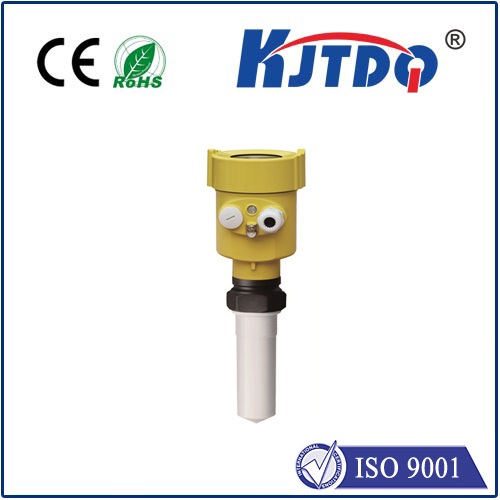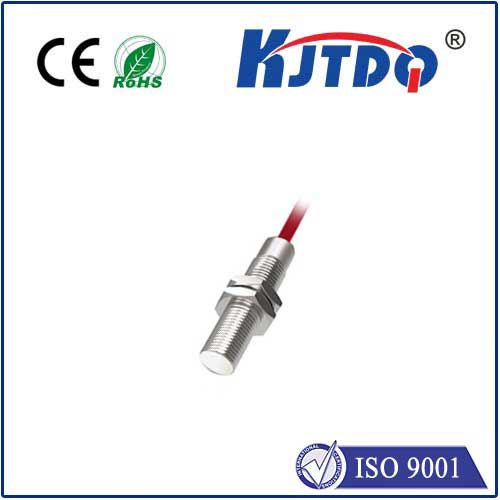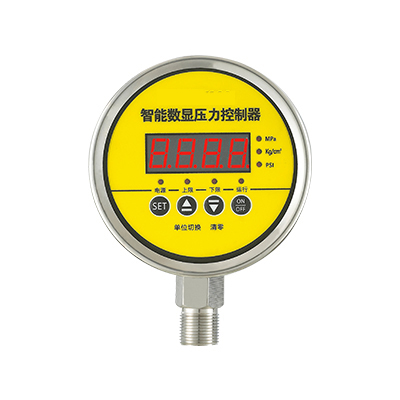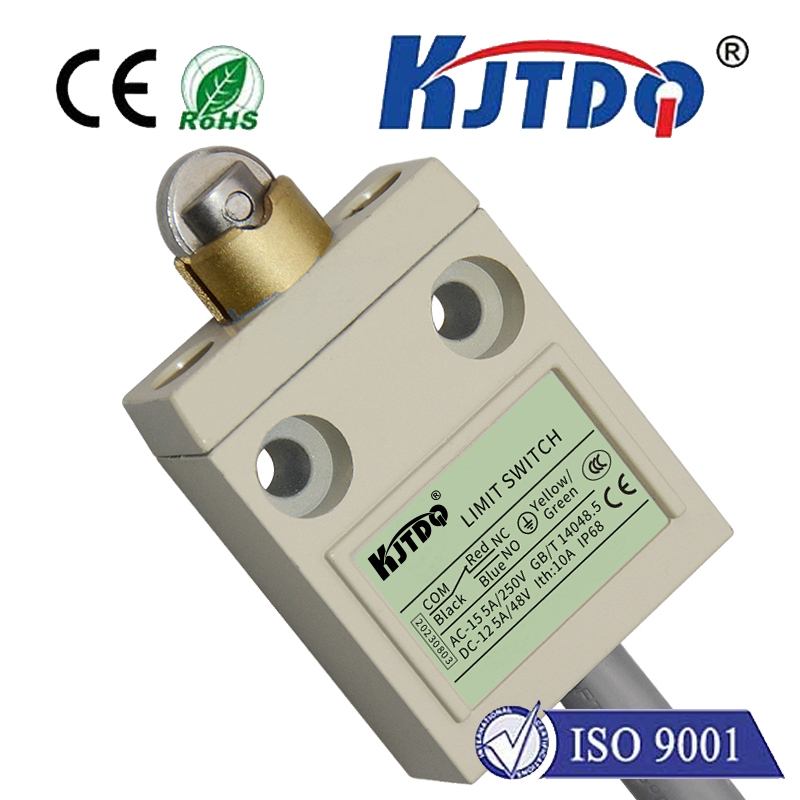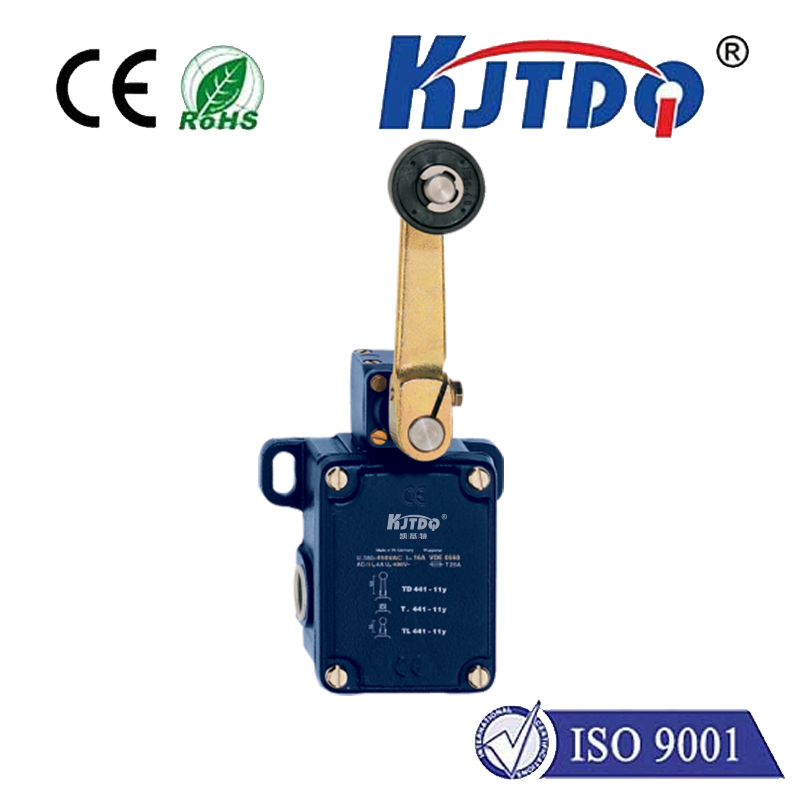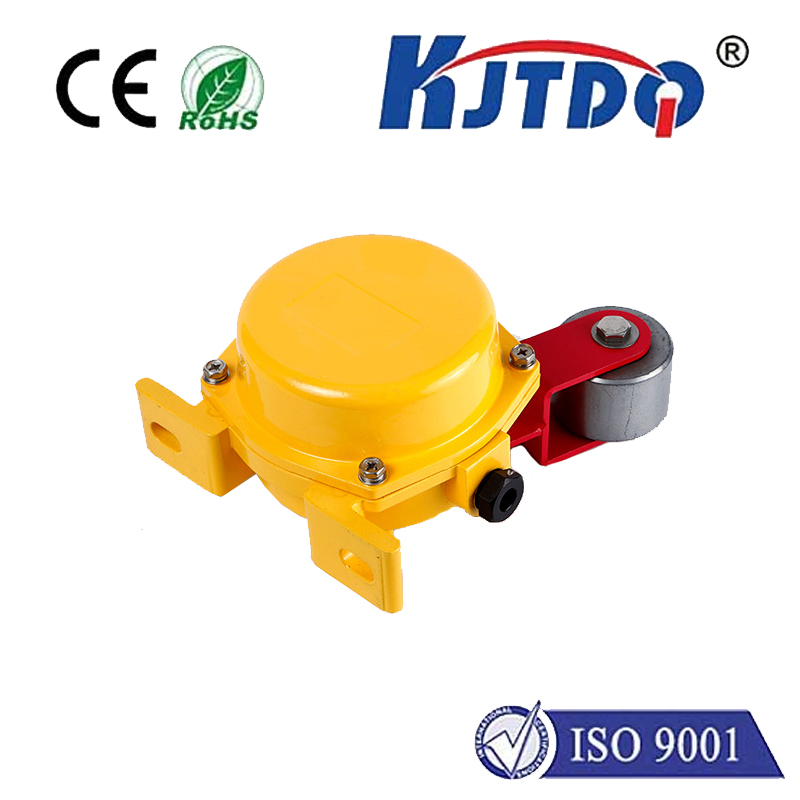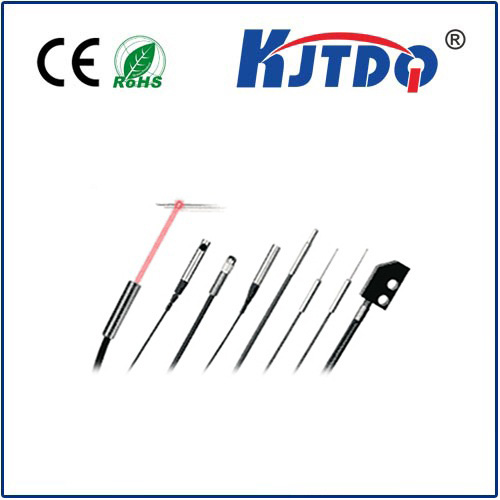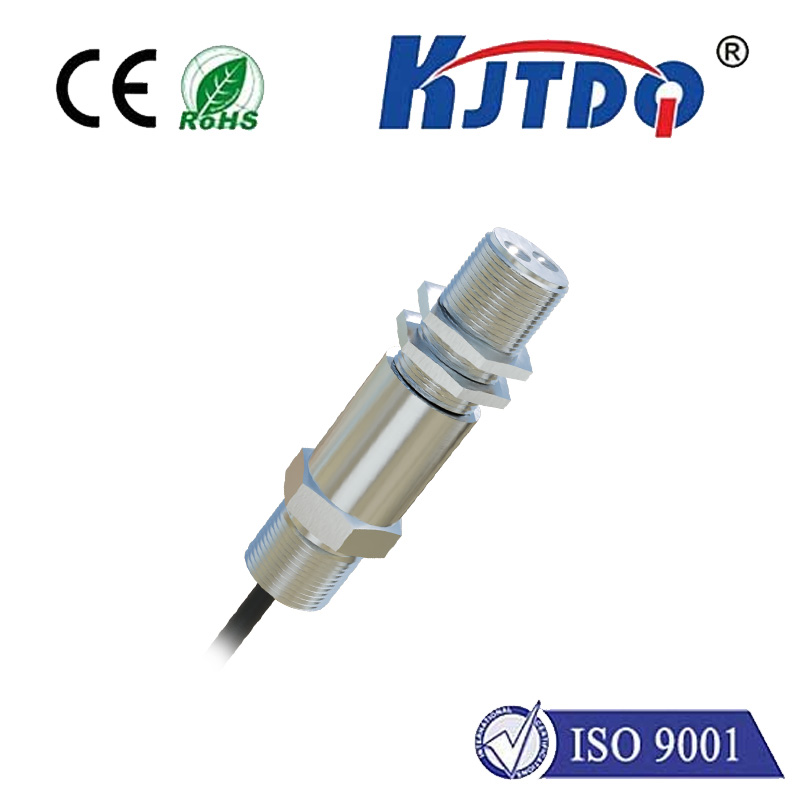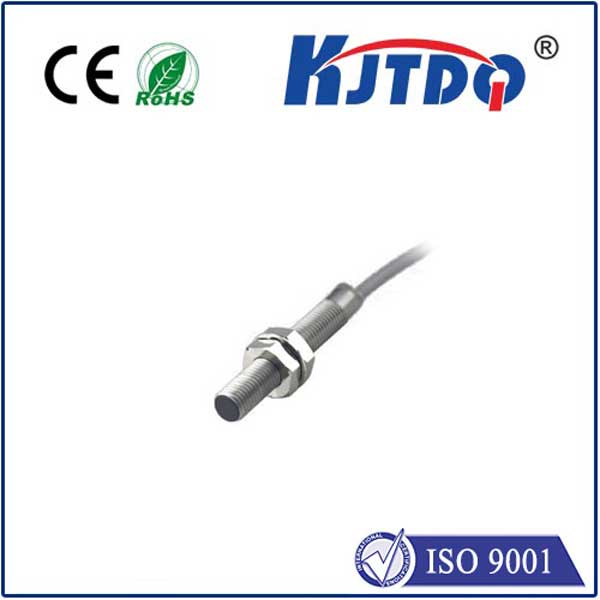optical presence sensor
- time:2025-08-15 05:42:30
- Click:0
Illuminating Efficiency: How Optical Presence Sensors Revolutionize Automation
Ever walked into a conference room bathed in light, only to find it utterly empty? Or witnessed escalators grinding away pointlessly with no passengers in sight? These scenes highlight the silent drain of wasted energy and the need for smarter occupancy awareness. Enter the optical presence sensor, a sophisticated yet increasingly fundamental technology quietly optimizing our environment, enhancing security, and driving industrial precision. These devices offer a non-contact, highly effective way to detect the presence, absence, or motion of people and objects by harnessing the power of light.
At its core, an optical presence sensor detects changes in light to infer the existence of an object within its designated field of view. Unlike simple motion detectors that might trigger only on significant movement, modern optical presence sensors are often sophisticated enough to register even extremely subtle motion or complete stillness, confirming sustained occupancy. This ability to distinguish between transient movement and genuine presence is a key differentiator.
How the Light Works: Core Technologies
Optical presence sensors primarily leverage two fundamental light-based principles:

- Photoelectric Sensing (Reflective/Through-Beam): These sensors consist of an emitter (usually an infrared (IR) LED or laser diode) and a receiver. In the popular retro-reflective mode, the emitter sends out a beam that bounces off a reflector back to the receiver. When an object interrupts this beam, the light level at the receiver drops, signaling presence. Through-beam variants have separate emitter and receiver units facing each other; interruption of the direct beam signals detection. These excel at precise object detection over defined paths.
- Infrared Presence Detection (Pyroelectric - PIR): Passive Infrared (PIR) sensors detect changes in infrared radiation emitted by warm bodies (like humans or animals). They contain pyroelectric materials generating a voltage when exposed to heat variations. Movement across their segmented field of view creates a detectable change in the IR pattern. While traditionally classified as motion sensors, advanced PIR sensors with sophisticated algorithms can effectively indicate sustained presence by detecting micro-movements or heat signatures even when gross movement ceases. This makes them highly relevant in occupancy sensing for lighting and HVAC control.
Some advanced systems may combine photoelectric elements with PIR, or even incorporate simple camera-based vision processing (often using low-resolution thermal or IR imaging for privacy) to further refine detection accuracy and capabilities.
Optical Sensors in Action: Key Applications
The versatility of optical technology makes these sensors indispensable across numerous sectors:
- Smart Building Automation: This is a primary battleground for energy efficiency. Optical occupancy sensors control lighting in offices, restrooms, corridors, and warehouses, ensuring lights are only on when needed. Integrated with HVAC systems, they optimize climate control in rooms based on actual usage, leading to substantial energy savings. Vacancy sensors require manual “on” but automatically turn lights off.
- Security & Access Control: Detecting unauthorized entry through windows, doors, or perimeters using infrared presence detection beams is fundamental. They trigger alarms when the beam is broken. PIR sensors form the backbone of many intrusion detection systems within secured areas.
- Industrial Automation & Machinery Safety: On production lines, photoelectric sensors are workhorses for precise object detection, counting, positioning verification, and triggering automated processes. They ensure components are present before assembly, verify packaging completeness, and count items on conveyors. Safety light curtains use arrays of optical beams to create invisible barriers around hazardous machinery, instantly stopping operation if a worker’s presence breaches the zone.
- Retail Analytics & Customer Experience: Understanding foot traffic patterns is crucial. Optical sensors can anonymously count people entering stores, track dwell times in specific zones, and even monitor queue lengths, providing valuable data for staffing, layout optimization, and targeted marketing.
- Appliance & Consumer Electronics: Automatic faucets, soap dispensers, hand dryers, paper towel dispensers, and toilet flushers rely heavily on IR presence sensors for touchless, hygienic operation. Proximity detection in smartphones often uses IR sensors.
Distinct Advantages: Why Optical Sensors Shine
Compared to other presence detection methods (like ultrasonic sensors, microwave sensors, or pressure mats), optical sensors offer compelling benefits:
- Non-Contact Detection: They sense without physical touch, making them ideal for delicate objects, hygienic environments, or situations where contact would be impractical or damaging.
- High Speed & Precision: Especially photoelectric sensors offer incredibly fast response times and precise detection points, critical for high-speed automation.
- Versatility: Capable of detecting a vast range of objects – metallic, non-metallic, opaque, transparent (using specific techniques), liquids, and solids. Size can range from large pallets to tiny components.
- Long Sensing Ranges: Through-beam photoelectric sensors can achieve detection ranges of tens of meters.
- Reliability: Solid-state designs with no moving parts generally offer high durability and long operational lifespans.
- Cost-Effectiveness: Solutions exist for various budget points, often offering excellent return on investment through energy savings or process optimization.
Key Considerations for Implementation
While powerful, deploying optical presence sensors effectively requires awareness of potential limitations:
- Environmental Factors: Dust, smoke, fog, steam, or significant ambient light variations (especially bright sunlight for photoelectric sensors) can interfere with performance. Selecting models designed for specific environmental challenges (e.g., IP-rated enclosures, sunlight immunity features) is crucial.
- Object Characteristics: Detecting transparent objects or objects with highly reflective surfaces can require specialized sensors or careful positioning. Dark, non-reflective objects might absorb IR light, making detection difficult with retro-reflective or diffuse photoelectric sensors in certain configurations.
- Mounting & Alignment: Precise alignment is often necessary, especially for through-beam and retro-reflective photoelectric sensors. Vibration or movement can cause misalignment over time.
- Privacy (Vision-Based Systems): While most optical presence sensors do not capture identifiable images, purely vision-based systems using standard cameras raise privacy concerns and require careful consideration and transparency.
Optical presence sensors represent a mature yet continuously evolving field. Advancements in IR technology, optics, and signal processing algorithms are constantly improving reliability, range, immunity to interference, and the ability to discern presence from mere motion. As the drive for automation, energy efficiency, safety, and data-driven insights intensifies, these sophisticated light-based detectors will undoubtedly remain a cornerstone technology, silently and efficiently shaping our interactions with the spaces and systems around us.












